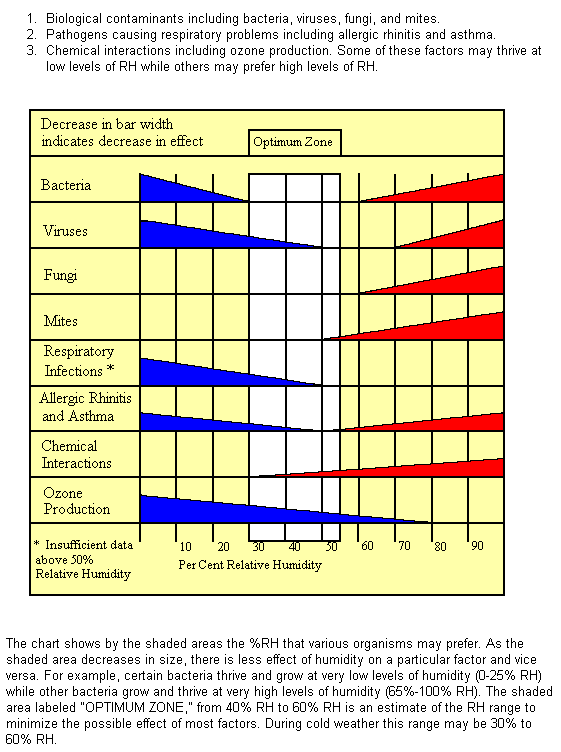Hey all,
I see lots of people using crappy, very poor quality and poor accuracy hygrometers, ex., anything from any hydro store or pet store, or most anything from Amazon, etc. Most all hygrometers under ~$40-50 are not gonna cut the mustard.
Also, do not use digital hygrometers because you can't calibrate (most) of them. It's best to use an analog (synthetic) hair hygrometer (that can be calibrated).
The impetus for this thread was a thread I made about the inaccuracy of the hygrometer within the CHHC-4 remote sensor (link to thread). The hygrometers used by most dehumidifiers and humidifiers are also too inaccurate ...
Below are a few hygrometers that I would suggest:
good:
Calibrating hygrometers:
Use the salt and water method, to calibrate to 75% RH. It's best to use a calibration method that is within 20-25% RH of the goal RH. Below are two good guides for calibration via salt method, and one post from the Shroomery about hygrometers. It's best to calibrate every couple of weeks, at least.
Visual depiction of RH affects on various biota (bacteria, fungi, etc):
This chart is accurate for RH, but Vapor Pressure Deficit (VPD) plays a big role too. Ignore the "optimum zone" in terms of what is best for plants, because for plants, VPD is more important than RH.
(taken from: http://www.theweatherstore.com/humidity.html )

I see lots of people using crappy, very poor quality and poor accuracy hygrometers, ex., anything from any hydro store or pet store, or most anything from Amazon, etc. Most all hygrometers under ~$40-50 are not gonna cut the mustard.
Also, do not use digital hygrometers because you can't calibrate (most) of them. It's best to use an analog (synthetic) hair hygrometer (that can be calibrated).
The impetus for this thread was a thread I made about the inaccuracy of the hygrometer within the CHHC-4 remote sensor (link to thread). The hygrometers used by most dehumidifiers and humidifiers are also too inaccurate ...
Below are a few hygrometers that I would suggest:
good:
Haar brand (+/-5% RH accuracy; not independently certified) ~$40 link
Taylor brand, model "5565" (+/-5% RH accuracy; not independently certified) ~$60 link
better:Taylor brand, model "5565" (+/-5% RH accuracy; not independently certified) ~$60 link
Robert White brand, model "BA410" (+/-4% RH accuracy; not independently certified) ~$75 link
Robert White brand, model "730 Precision Hygrometer" (+/-3% RH accuracy; not independently certified) ~$120 link
best:Robert White brand, model "730 Precision Hygrometer" (+/-3% RH accuracy; not independently certified) ~$120 link
Abbeon brand, model "AB-167" (+/-3% RH accuracy; calibration and certification are done under ISO-9001 control) ~$165 link
Abbeon brand, model "HTAB-176" [hygrometer and thermometer] (+/-3% RH accuracy; calibration and certification are done under ISO-9001 control) ~195 link
Abbeon brand, model "HTAB-176" [hygrometer and thermometer] (+/-3% RH accuracy; calibration and certification are done under ISO-9001 control) ~195 link
Calibrating hygrometers:
Use the salt and water method, to calibrate to 75% RH. It's best to use a calibration method that is within 20-25% RH of the goal RH. Below are two good guides for calibration via salt method, and one post from the Shroomery about hygrometers. It's best to calibrate every couple of weeks, at least.
- http://cigars.about.com/od/humidors/qt/hygrometers.htm
- http://www.cmhc-schl.gc.ca/en/co/maho/yohoyohe/momo/momo_002.cfm#table3
- http://www.shroomery.org/forums/showflat.php/Number/9188051#9188051
Visual depiction of RH affects on various biota (bacteria, fungi, etc):
This chart is accurate for RH, but Vapor Pressure Deficit (VPD) plays a big role too. Ignore the "optimum zone" in terms of what is best for plants, because for plants, VPD is more important than RH.
(taken from: http://www.theweatherstore.com/humidity.html )
Last edited by a moderator:


